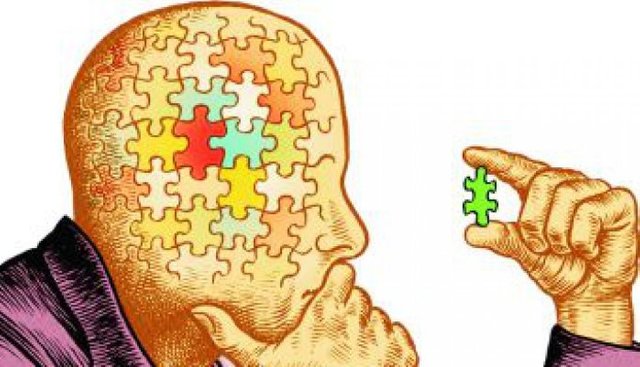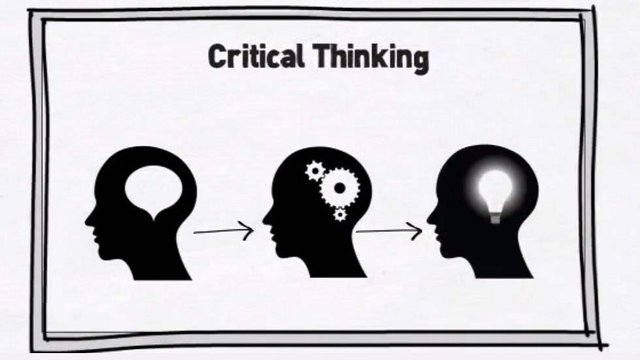Teaching students to think critically

What is critical thinking? Critical thinking is the ability to analyze the facts, then make some ideas and defend them, and then make comparisons. Critical thinking is also a combination of multiple capabilities, the ability to assess whether or not valid any information; the ability to discern what is relevant and what is irrelevant; the ability to distinguish which facts and opinions are; and the ability to identify biases and points of view.
Critical thinking should be attuned to our students. Critical thinking can increase students' sensitivity to the prevailing social, political, cultural, economic, and other situations. Students will become sensitive and critical in dealing with these issues.
As a teacher, you should be able to create a classroom atmosphere for students to be active and able to think critically. There are some tips you can do.
1. Familiarizing students to ask questions.
When you are teaching in class, make it a habit to ask some questions to students. Give them time to think before answering your questions. You do not need to urge them to respond immediately. If no one answers, then change your question that is easy for students to understand.
2. Advising your students to not receive information without investigation.
Advise your students not to receive information in newspapers or the internet with ease. Not all the information that is there can be trusted. There may be misleading information to the reader or there is an attempt by the media to build opinions unilaterally. Familiarize students to be in an independent position when reading an information.

3. Invite your students to inquire about the current situation and conditions in their area.
If there is a hot issue, be it an economic, social, or political issue, ask students how they respond. You can ask some students that you choose. If you are not satisfied with the answer, ask the other students. If possible, you can argue with them. Then give praise to the students who play an active role in the class.
4. Building discussion in class.
This is not much different from the number 3. You can create a discussion group in the classroom. The topics discussed can be selected according to the subject matter or you can integrate the topic with the current developments. Your role here is just as a facilitator. Your job is to bring up the classroom discussion. Get them to argue with each other.
From the above explanations, I would like to corroborate my opinion based on this citation.
Critical thinking is the intellectually disciplined process of actively and skillfully conceptualizing, applying, analyzing, synthesizing, and/or evaluating information gathered from, or generated by, observation, experience, reflection, reasoning, or communication, as a guide to belief and action. In its exemplary form, it is based on universal intellectual values that transcend subject matter divisions: clarity, accuracy, precision, consistency, relevance, sound evidence, good reasons, depth, breadth, and fairness.
Well, critical thinking to students should be familiarized to students because it is a discipline process. Here's another challenge you have to face as a teacher.
References
Pengertian Berpikir Kritis Menurut Para Ahli
Defining Critical Thinking
Hy ka vote atalong ile siat